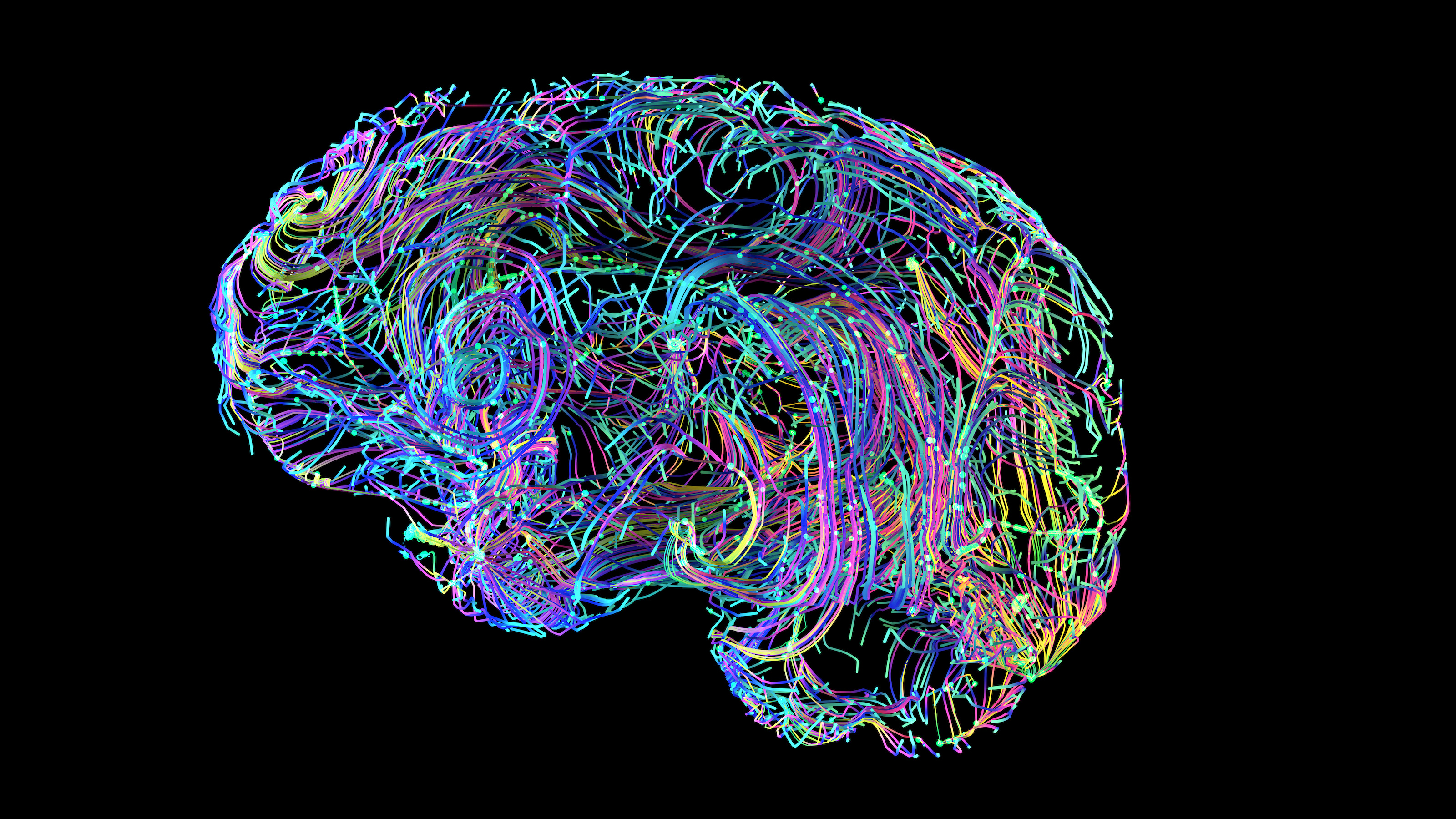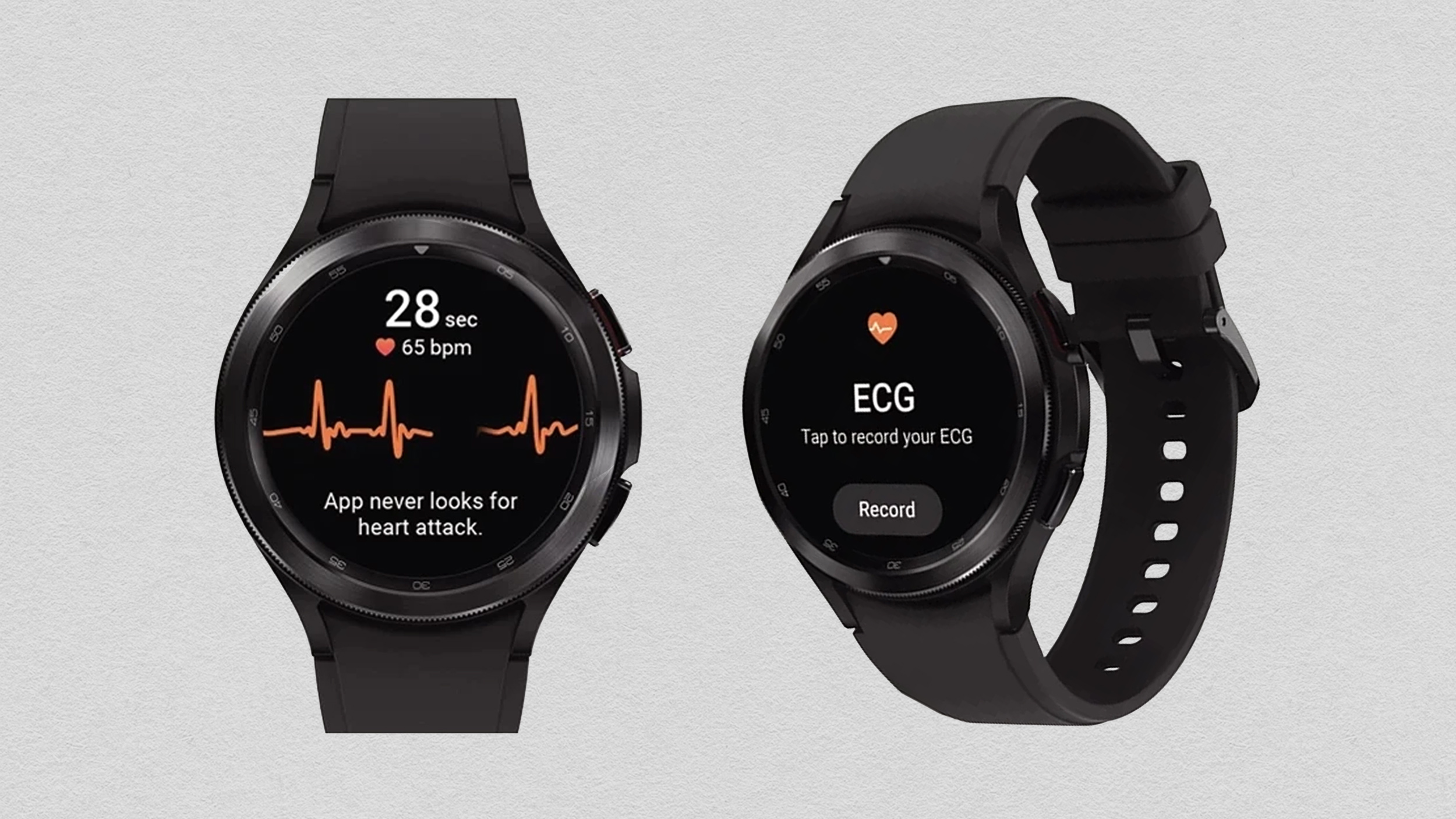How to Keep Your Brain Healthy
How to Reverse Aging
Enzymes like Telomerase and Resveratrol, though not the Fountain of Youth unto themselves, offer tantalizing clues to how we might someday soon unravel the aging process.
Slow Down Your Brain to Get More Done, with Steven Kotler
The best-selling author discusses hypofrontality — literally the slowing of the brain’s prefrontal cortex — and how it allows one to enter an optimal state of consciousness, known as flow. As Kotler explains, flow refers to those moments of total absorption when we get so focused on the task at hand that everything else disappears.
Neuroplasticity: You Can Teach An Old Brain New Tricks
What’s the Big Idea?
Your brain is more flexible than we’ve ever thought before. It changes because it is constantly optimizing itself, reorganizing itself by transferring cognitive abilities from one lobe to the other, particularly as you age. After a stroke, for instance, your brain can reorganize itself to move functions to undamaged areas.
And yet, due to the lifestyles we lead we tend to not make full use of our brains.
Dr. Dennis Charney, dean of the Mt. Sinai School of Medicine, has studied how the brain responds to dramatic changes in peoples’ environments. In the video below, Charney describes how prisoners of war who were placed in solitary confinement developed unusual cognitive capacities because the only activity they were allowed to do was think. The POWs were essentially exercising their brains. What can we learn from this?
Charney is using this research to conduct psychological therapies that can improve learning and memory, and solve problems with anxiety and depression.
Watch the video here:
What’s the Significance?
Consider two examples of groups of people scientists have studied.
The Sea Gypsies, or Moken, are a seafaring people who spend a great deal of their time in boats off the coast of Myanmar and Thailand, have unusual underwater vision — twice as good as Europeans. This has enabled Mokens to gather shellfish at great depths without the aid of scuba gear. How do the Moken do this? They constrict their pupils by 22 percent. How do they learn to do this? Is it genetic? Neuroscientists argue that anyone can learn this trick. Simply put, the brain orders the body to adapt to suite its needs.
Another example of neuroplasticity has been found in London taxi drivers. A cab driver’s hippocampus — the part of the brain that holds spatial representation capacity — is measurably larger than that of a bus driver. By driving the same route every day, the bus drivers don’t need to exercise this part of the brain as much. The cabbies, on the other hand, rely on it constantly for navigation.
If you were to restrict certain senses — like vision, for instance — your brain would make a similar adaptation. This great survival machine will rewire itself, opening neuro pathways to heighten the power of other senses to keep you from falling off a cliff or get eaten by a tiger.
In a more practical sense, we know that physical exercise is good for the brain because it helps create new neurons. Similarly, when we teach an old brain new tricks we know that it will help slow age-related mental decline. So exercise your body and exercise your mind! Now that doesn’t sound like brain science.
Dr. Charney’s most recent book is Resilience: The Science of Mastering Life’s Great Challenges.
Image courtesy of Shutterstock
Follow Daniel Honan on Twitter @Daniel Honan
Dennis Charney: The Resilient Brain
Mindfulness therapy is an emerging, non-pharmacological therapy that involves exercising the human brain to improve learning, memory problems, anxiety and problems with depression.
Dan Harris: Hack Your Brain’s Default Mode With Meditation
Dan Harris explains the neuroscience behind meditation, but reminds us that the ancient practice isn’t magic and likely won’t send one floating into the cosmic ooze. He predicts that the exercise will soon become regularly scheduled maintenance, as commonplace as brushing your teeth or eating your veggies. Harris, an ABC News correspondent, was turned on to mediation after a live, on-air panic attack. His latest book is 10% Happier: How I Tamed the Voice in My Head, Reduced Stress Without Losing My Edge, and Found Self-Help That Actually Works–A True Story.
How Chocolate Keeps Your Brain Healthy
What’s the Latest Development?
In a recent study of elderly people with poor blood flow, researchers found that drinking two cups of hot chocolate each day improved the seniors’ circulation, resulting in more blood flow to the brain. “The study involved 60 people with an average age of 73 who did not have dementia. The participants drank two cups of hot cocoa per day for 30 days and did not consume any other chocolate during the study. They were given tests of memory and thinking skills. They also had ultrasounds tests to measure the amount of blood flow to the brain during the tests.”
What’s the Big Idea?
Seniors who began the study with regular blood flow (the control group) experienced no increase as a result of drinking chocolate, but those with poor circulation measured an 8.3 percent increase in blood flow. “We’re learning more about blood flow in the brain and its effect on thinking skills,” said study author Farzaneh Sorond, MD, PhD, of Harvard Medical School and a member of the American Academy of Neurology. “As different areas of the brain need more energy to complete their tasks, they also need greater blood flow. This relationship, called neurovascular coupling, may play an important role in diseases such as Alzheimer’s.”
Photo credit: Shutterstock.com





